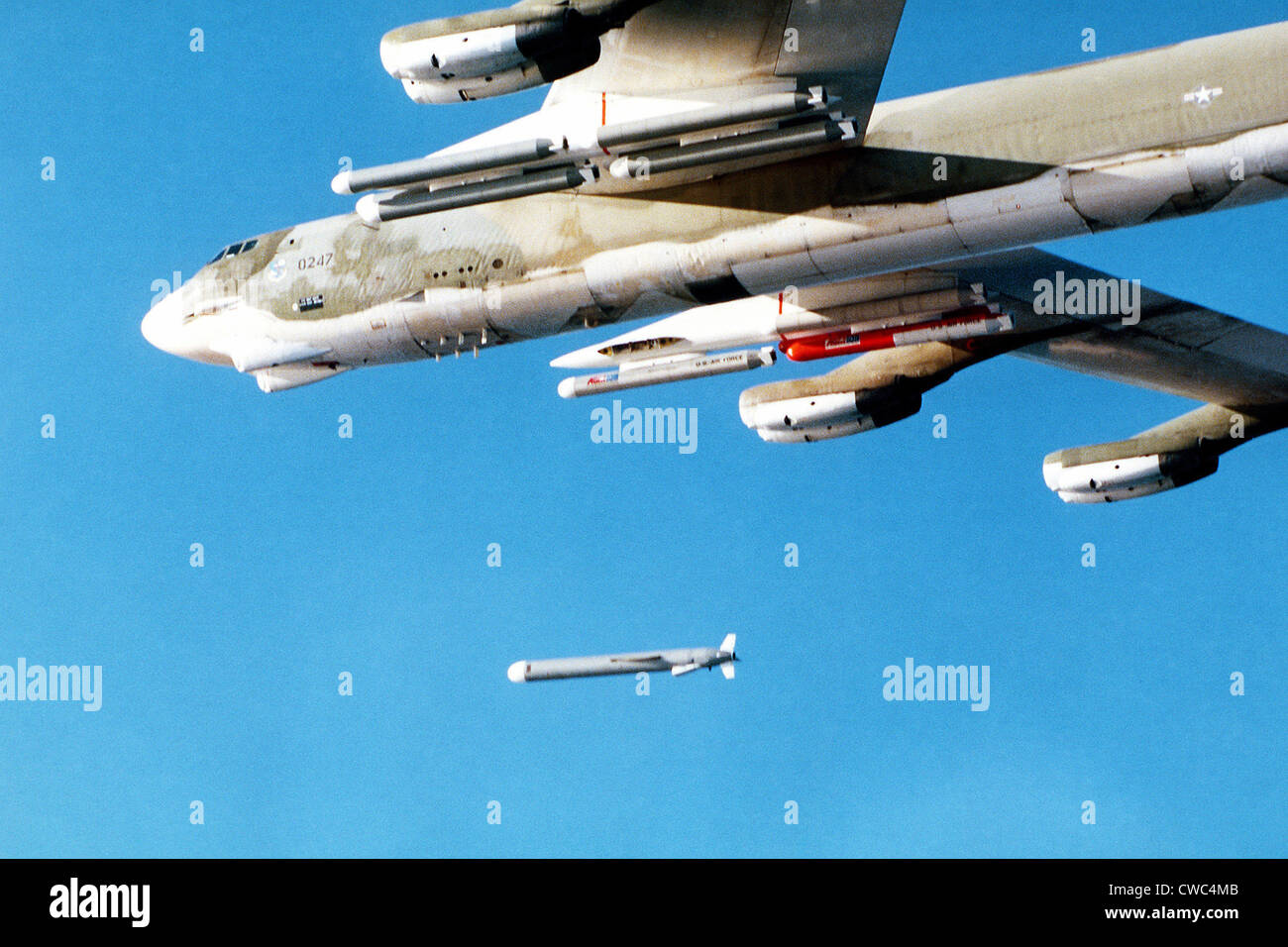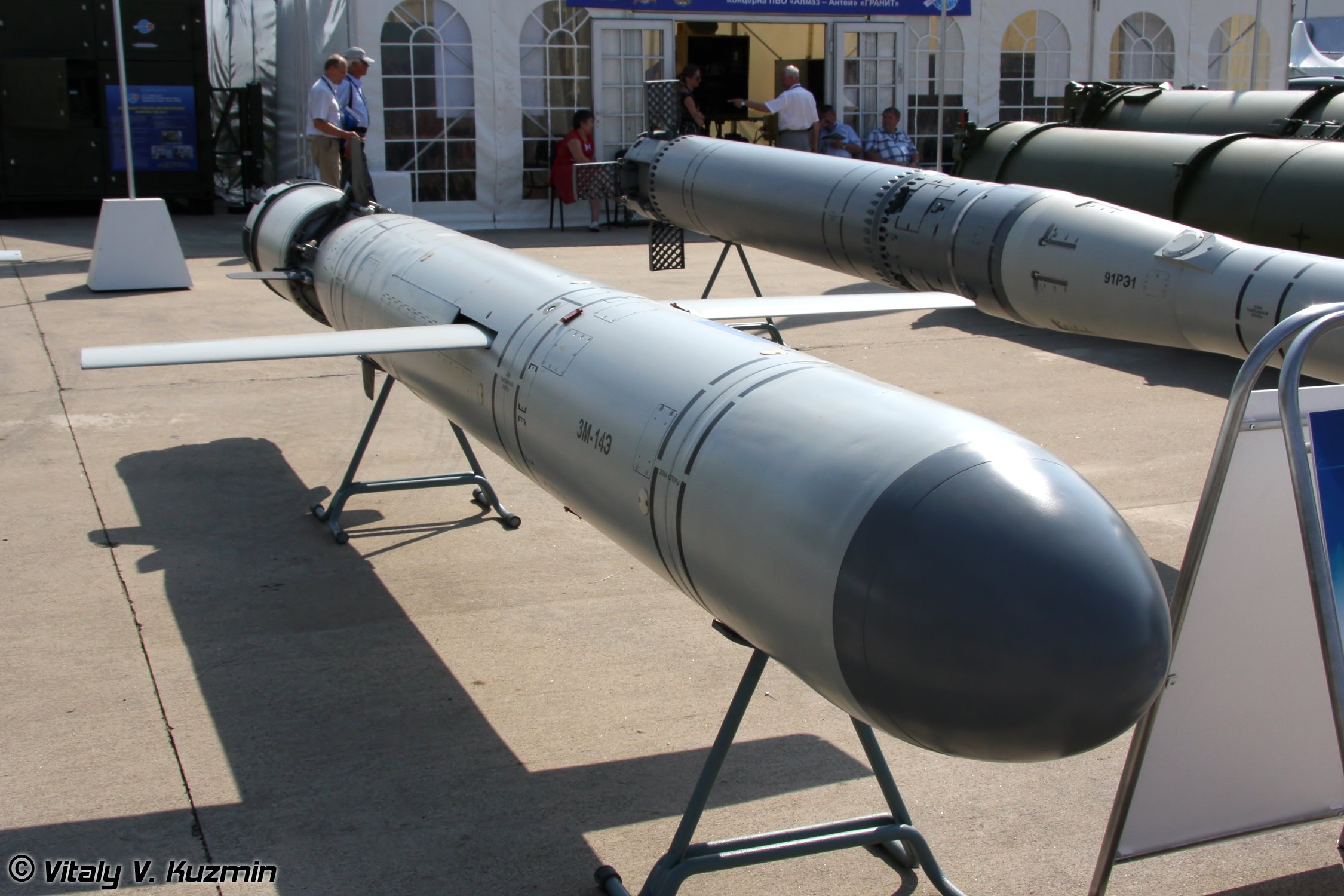Table Of Content

Cruise missiles often have small, stubby wings to allow them to bank and turn, following an invisible flight path in the sky. Modern cruise missiles use satellite navigation to guide themselves to target, and some can even take pictures of the target area, allowing operators to retarget them in midair. The missile’s payload is typically a warhead in the 1,000-pound weight class, often with the ability to penetrate earth and concrete to target underground shelters. The AGM-86B air-launched cruise missiles and AGM-86C/D conventional air-launched cruise missiles were developed to increase the effectiveness of U.S. The CALCM has been used since the 1990s for long-range precision strike on the opening hours of conflict.
The Air Force’s New Stealth Cruise Missile Is a Go. But Do We Need It?
As a result, some progressive lawmakers have suggested relying solely on submarines and bombers to act as America's nuclear deterrent, according to a report from Defense News. The latest award is just one small piece of the broader overhaul of the total nuclear arsenal. The command posted a video online Wednesday that shows the test process at Norway’s Andøya Space Defense Range from multiple perspectives. A parachute attached to the Rapid Dragon deployment box is tossed from the open cargo bay of the MC-130, which then unfurls and swiftly pulls the pallet out of the aircraft. Ukrainian servicemen have been using American M777 howitzers on the battlefield as they seek to repel Russian forces in... Brian Everstine is the Pentagon Editor for Aviation Week, based in Washington, D.C. Before joining Aviation Week in August 2021, he covered the Pentagon for Air Force Magazine.
More Military Headlines
Brian began covering defense aviation in 2011 as a reporter for Military Times. AMC would not specify where the test took place, only saying that it was conducted by U.S. forces. Mobility Guardian, which wrapped up July 21, took place at several locations across the Indo-Pacific ranging from Alaska to Australia, with hubs in Hawaii, Guam and Japan. The Brookings Institution is a nonprofit organization based in Washington, D.C. Our mission is to conduct in-depth, nonpartisan research to improve policy and governance at local, national, and global levels. Shelving the LRSO would eliminate a redundant weapon, save real money, and still leave a powerful deterrent force. A Military.com investigation into military day care centers revealed that service branch rules generally prioritize...
AGM-158C LRASM
SCAD was designed specifically to fit onto the same rotary launcher used by SRAM, allowing a single aircraft to carry multiple SRAM and SCAD and launch either at any time. This led to it being the same 14 foot (4.3 m) length as SRAM, and the use of a fuselage with a triangular cross-section, which maximized the usable volume on the rotary launchers. The system was otherwise similar to Quail, using a simple inertial navigation system (INS) allowing the missile to fly a pre-programmed course.
The Rapid Dragon system, initially developed by Air Force Special Operations Command and the Air Force Research Laboratory (AFRL), uses an air-dropped pallet to launch cruise missiles or other systems. The ability of the U.S. strategic ballistic missile force to hold targets at risk and thereby deter an adversary from nuclear aggression looks secure. The Trident II SLBM has an outstanding record (more than 150 consecutive successful test flights). The United States has long maintained a triad of ICBMs, submarine-launched ballistic missiles (SLBMs), and bombers to deter a nuclear attack on America or its allies.

While ballistic missiles were the preferred weapons for land targets, heavy nuclear and conventional weapon tipped cruise missiles were seen by the USSR as a primary weapon to destroy United States naval carrier battle groups. Conventional air-launched cruise missiles are an integral part of the FOAS force mix, through the launch of waves of stand-off weapons from positions behind the front line. Studies of fire-and-forget missile technologies are underway on propulsion, on guidance (using millimetre-wave and imaging infrared with focal plane arrays) and on robustness against countermeasures. The CALCM studies are assessing the viability of a range of concepts for the deployment of large numbers of cruise missiles launched from adapted airliners, military transporters or maritime patrol aircraft. Both internal and external carriage options are under evaluation, with launch, command, control and operational issues also playing a key part in force mix assumptions.
CONVENTIONAL AIR-LAUNCHED CRUISE MISSILES
An air-launched cruise missile (ALCM) is a cruise missile that is launched from a military aircraft. Current versions are typically standoff weapons which are used to attack predetermined land targets with conventional, nuclear or thermonuclear payloads. The concept started as a long-range drone aircraft that would act as a decoy, distracting Soviet air defenses from the bombers. As new lightweight nuclear weapons emerged in the 1960s, the design was modified with the intent of attacking missile and radar sites at the end of its flight. Advances in long-range air defense missiles and high-speed interceptors such as the Soviet MiG-25 made big, lumbering bombers like the B-52 sitting ducks in enemy airspace. But cruise missiles— effectively small, unmanned airplanes powered by turbofan engines, and low-flying to evade radar—allow bombers to launch against enemy targets long before they’re under threat.
Select Service
Between 1957 and 1961 the United States followed an ambitious and well-funded program to develop a nuclear-powered cruise missile, Supersonic Low Altitude Missile (SLAM). It was designed to fly below the enemy's radar at speeds above Mach 3 and carry hydrogen bombs that it would drop along its path over enemy territory. Although the concept was proven sound and the 500-megawatt engine finished a successful test run in 1961, no airworthy device was ever completed.
Ukraine's 'Long Neptune' Cruise Missile Could Strike Anywhere In Crimea - Forbes
Ukraine's 'Long Neptune' Cruise Missile Could Strike Anywhere In Crimea.
Posted: Mon, 04 Dec 2023 08:00:00 GMT [source]
Since the requirement for such weapons still existed, the military quickly announced a follow-up project with similar goals. Initial contracts for two competing designs were awarded to Lockheed Martin and McDonnell Douglas in 1996, and the missile designations AGM-158A and AGM-159A were allocated to the two weapons. Lockheed Martin's AGM-158A won and a contract for further development was awarded in 1998. Quail was designed in the mid-1950s when the normal attack profile for a strategic bomber was to fly as high and fast as possible to reduce the time the defenders had to respond to the aircraft before it flew out of range. This was effective against interceptor aircraft but of little use against surface-to-air missiles (SAMs), whose attack times were measured in seconds.
The United States, South Korea and Japan have responded by expanding their combined military training and sharpening their deterrence strategies built around strategic U.S. assets. While some current bombers are expected to fly until 2040, the older B-52s and B-1s would have trouble coping with sophisticated air defenses. The more modern B-2’s stealth gives it the ability to penetrate defenses, but only twenty are in the force. Without them, bombers would probably have to withdraw from the nuclear triad, removing a key capability—the ability to recall or cancel a nuclear strike—from America’s nuclear toolbox. The weapon is planned for the B-52 Stratofortress, as well as the B-2 Spirit and the future B-21 Long-Range Strike Bomber. MBDA also maintains a key position as weapon supplier in the team developing the technology demonstrator programme, with inputs into demonstrators aligned with the new breed of cruise missile system envisaged for the future FOAS mission.
CALCM is a long-range standoff weapon that has been employed effectively in combat in Operation Desert Storm, Desert Strike, Desert Fox, Operation Allied Force, Operation Enduring Freedom and Operation Iraqi Freedom. As SCAD moved from the pure-decoy role to decoy-and-attack, this meant it would be able to carry out the same mission as SRAM, but from much longer range. Accordingly, in June 1973, SCAD was canceled in favor of a system dedicated purely to the long-range attack mission. The original designation number remained, but the name changed to reflect the new mission, becoming the Air Launched Cruise Missile, or ALCM. These missiles travel faster than the speed of sound, usually using ramjet engines.
Operation Desert Strike was also the combat debut of the B-52H and the carriage of the CALCM on the weapons bay-mounted Common Strategic Rotary Launcher (CSRL). During the Operation Desert Storm, the CALCM had been carried on the B-52G and wing-mounted pylons. Soon after development began, it was noted that the very small nuclear warheads being developed at that time could be fit to SCAD without seriously affecting its performance as a decoy. This would allow it to act as a decoy for much of its flight, and then deliberately approach a selected defensive site and attack it. As such, the program was renamed Subsonic Cruise Armed Decoy, retaining the SCAD acronym. The ALCM so improved the capabilities of the US bomber force that the Soviets developed new technologies to counter the weapon.
The Air Force hopes this concept will allow the U.S. and its allies to turn cargo aircraft into heavily armed bomb trucks that can engage enemies at a safe distance, giving combatant commanders more options to deliver firepower. In 1996, 1997 and 2001, 200 additional CALCMs were produced from excess ALCMs. These missiles, designated Block I, incorporate improvements such as a larger and improved conventional payload (3,000 pound blast class), a multi-channel GPS receiver and integration of the buffer box into the GPS receiver.

No comments:
Post a Comment